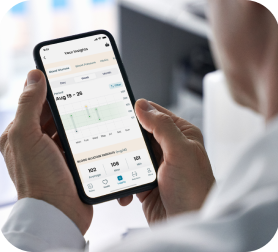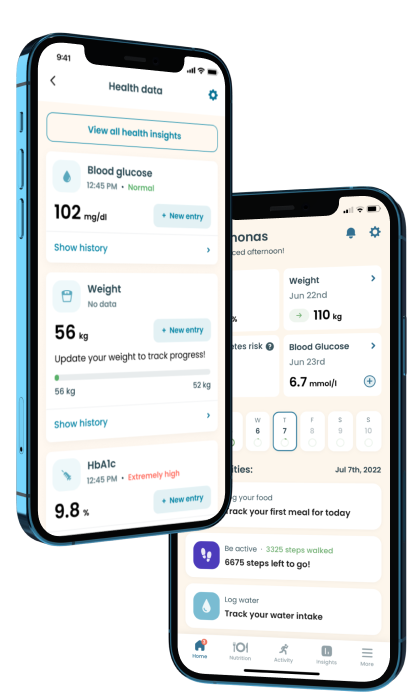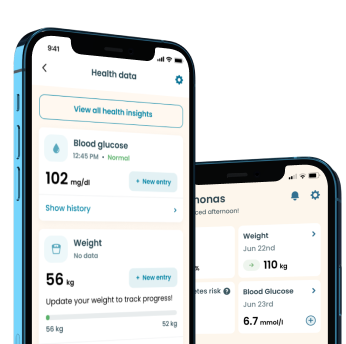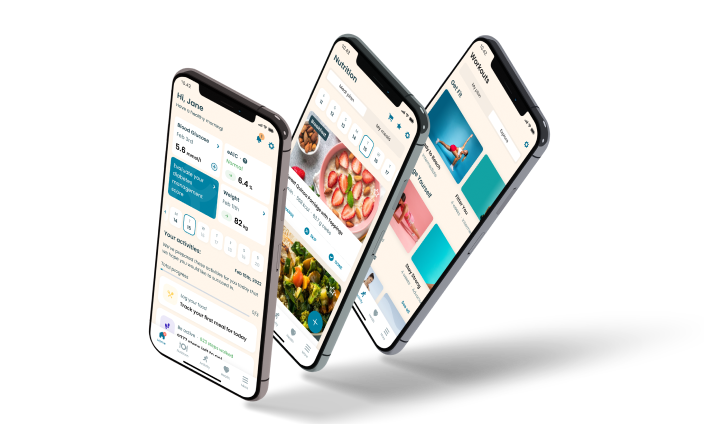Chickpeas and Diabetes

Very Good
28
374 kcal
Making healthy food choices is essential for diabetics due to the rapidly changing nature of their blood sugar levels. But what if these healthy food choices provide the best of both worlds? — by not only maintaining blood sugar levels but also causing an improvement in the condition. One of such foods is chickpeas.
According to research in the American Journal of Clinical Studies, the consumption of chickpeas resulted in lower postprandial plasma glucose levels and insulin concentration, supporting the anti glycemic properties of chickpeas. This article explores further research on chickpeas and diabetes and gives additional reasons as to why these legumes might be beneficial in the overall health of people with diabetes.
Nutritional value
- Protein 19 g
- Carbohydrate 61 g
- Fat 6 g
- Fiber 12.2 g
- Sugar 11 g
- Cholesterol 0 g
Nutritional Profile of Chickpeas
Chickpeas have a high protein and fiber content necessary for the management of blood sugar levels. In a cup's serving of boiled chickpeas, you get 14.5 g of protein and 12.5 g of dietary fiber. Despite being rich in these nutrients, its high carb content of 44.9 g per cup seems to be its flaw.
However, it is not entirely so as these legumes compensate for this with their low glycemic index (GI) of 28 and a low glycemic load (GL) of 9.3. This means that its carbs are assimilated very slowly, so they do not cause sudden spikes in blood glucose levels.
It is also rich in fat and essential minerals such as calcium, iron, and magnesium. However, it is a relatively high-calorie food, offering 269 cal per cup. Hence, people with diabetes looking to lose weight should consume it with discretion.
Take a quiz
Discover what Klinio app can do for you
Healthy diabetes meal plan crafted just for YOU

Personalized workouts with no equipment needed

Track your progress with smart tracking tools

How Do Chickpeas Benefit the Health of Diabetics?
Chickpeas are recommended in the diet of diabetics due to a myriad of blood glucose regulating properties, as we would see below.
Reduction of Postprandial Glucose Levels
After food is consumed, an increase in blood glucose levels ensues, hence why insulin administration into the body is advised after high-carb food intake. However, a study conducted on 10 healthy subjects proved that the glucose response following hummus (containing chickpeas) intake was 25% lesser than what was recorded following the intake of white bread.
Low Glycemic Response
When compared with other foods, chickpea produces a lesser response in plasma glucose. This has been validated by research on chickpeas and diabetes — lower deviations in blood glucose and insulin concentrations were noted following a chickpea-based meal compared to a wheat-based meal.
Improves Glycemic Control
Failure of the body to control blood glucose levels is one of the major problems for diabetics. According to a 20-week crossover study of 45 individuals with heightened cardiovascular disease (CVD) risk factors, it was discovered that the long-term consumption of chickpea improved glycemic control. Moreover, another research proved that the consumption of pulses (chickpeas inclusive) resulted in improved glycemic control as well as increased HDL levels compared to an energy-restricted diet.
Management of Body Weight
For diabetics, weight management is essential for preventing diabetes complications such as high blood pressure and heart diseases. Research carried out on 12 healthy female subjects determined that the consumption of chickpeas aids the management of weight by suppressing appetite and energy intake.
Antioxidant Activity
Chickpeas are full of antioxidants which gives the chickpea its unique color. According to a study on these low-GI legumes, after much dehydration and soaking, they still maintained their antioxidant properties. Namely, they contain phenolic acids and other plant substances with high antioxidant potential.
These antioxidants protect the body from the development and progression of diabetes as well as the complications from the disease.
Safe Ways to Combine the Intake of Chickpeas and Diabetes Management
While consuming chickpeas is safe, you should seek your doctor’s approval based on your blood sugar levels. Nonetheless, here are some safe ways for diabetics to enjoy chickpeas:
- They can be included in salads
- They can be used for making sandwiches
- Chickpeas can be used to make curry as a main dish
- They can be eaten as Chana chaat combined with chopped tomatoes, onions, and cucumber.
- They can be grounded to make hummus
Wrap Up
Although many foods pose a threat to blood sugar levels of diabetics, you can rest assured that chickpeas are not one of them. However, seek your doctor’s approval before you include them in your diet.

Download Klinio app!
Get more by downloading our free Klinio App. Analyze your health, form new habits and manage your diabetes anytime, anywhere.
OR
SCAN QR CODE



GET THE APP











